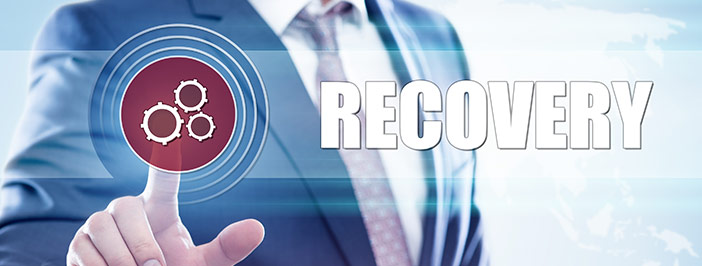A data breach investigation is a complex and multi-phase process that unfolds from the initial detection of a breach to its ultimate resolution, involving various technical and procedural steps to mitigate damage and prevent future occurrences. The journey typically begins with the detection phase, where the breach is first identified. This can occur through automated security systems, such as intrusion detection systems IDS and security information and event management SIEM platforms, or through reports from employees or external parties who notice suspicious activities. Once a potential breach is detected, it triggers an immediate response to assess the validity and scope of the incident. Following detection, the containment phase begins, where the primary objective is to limit the extent of the breach and prevent further unauthorized access. This involves isolating affected systems, severing compromised network connections, and deploying patches or other protective measures to stop the breach from spreading. During containment, incident response teams work to understand the nature of the breach, including which systems and data have been affected and the potential impact on the organization.

This stage is crucial for minimizing damage and preparing for the next steps in the investigation. The subsequent phase is eradication, where the focus shifts to removing the root cause of the breach. This involves identifying and eliminating any malicious code, vulnerabilities, or compromised credentials that facilitated the breach. Eradication requires a thorough analysis of the breach’s origin and its propagation, often necessitating a deep dive into logs, forensic data, and system configurations. This phase may also involve applying updates or changes to prevent similar breaches in the future. Once eradication is complete, the recovery phase begins. This stage focuses on restoring affected systems to normal operation and ensuring that they are secure before bringing them back online. Recovery involves verifying the integrity of restored data, testing systems for vulnerabilities, and monitoring for any signs of residual or reinfection. Communication with stakeholders, including customers, regulatory bodies, and the public, is also a critical part of this phase to maintain transparency and manage the organization’s reputation.
Finally, the post-incident analysis phase wraps up the investigation by reviewing the entire breach process to identify lessons learned and improve future responses. Data Breach investigations phase includes conducting a comprehensive assessment of how the breach occurred, evaluating the effectiveness of the response, and updating security policies and procedures based on the findings. Post-incident analysis often leads to enhancements in security infrastructure, training programs, and incident response strategies, ensuring that the organization is better prepared for future threats. In summary, a data breach investigation is a methodical process that involves detecting, containing, eradicating, recovering from, and analyzing the breach. Each phase is critical to managing the immediate impact, addressing underlying vulnerabilities, and enhancing overall security resilience.






